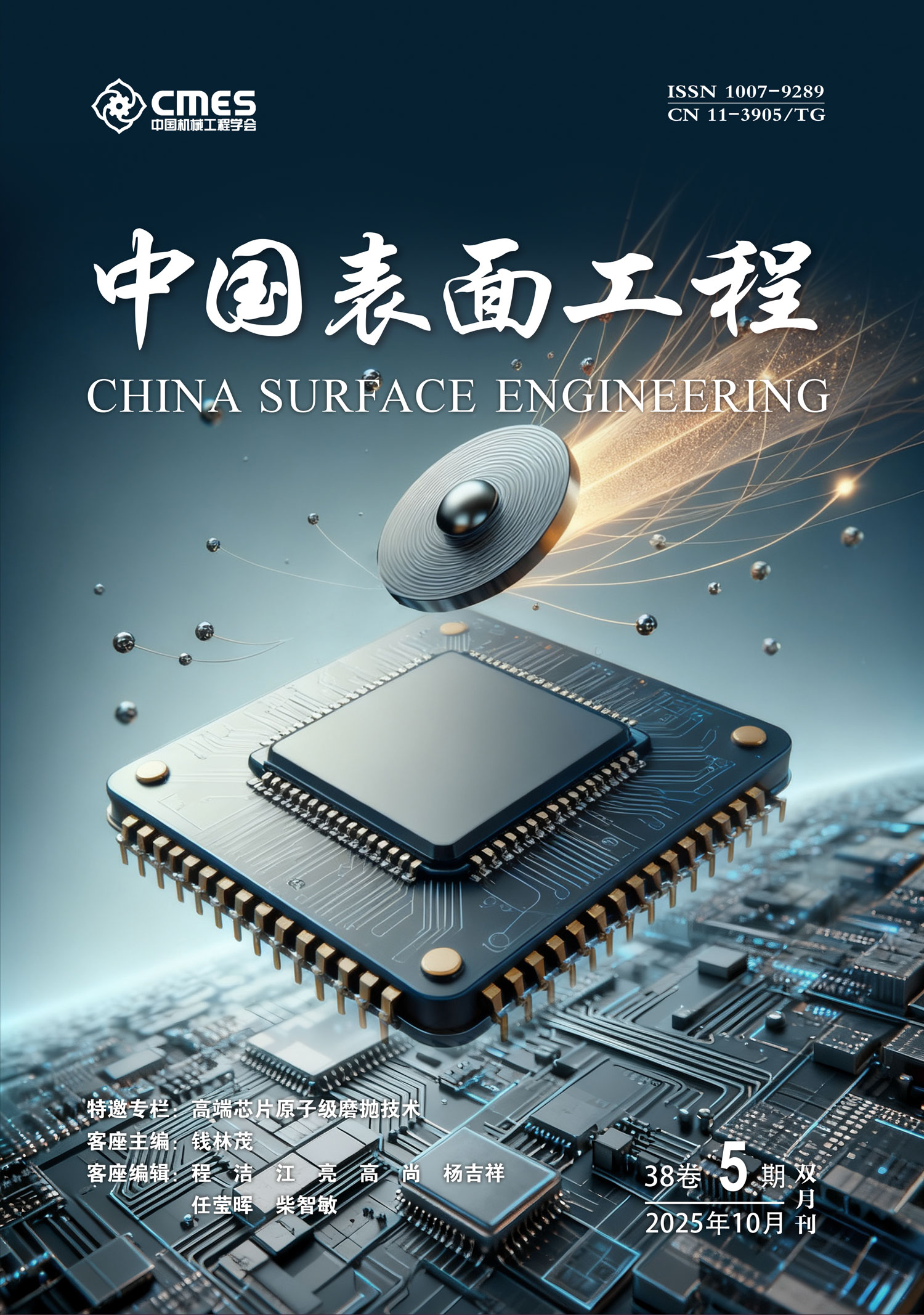DENG Hui, LIU Chaoqiang, GAO Shurong, ZHOU Enhuai, YUCHI Guangzhi, HE Chuan
During grinding or mechanical / electrical dressing, coolants, dielectrics, and oil mist significantly interfere with the visual measurement system, which limits the application of this technology in grinding-wheel measurement, thus resulting in few reports related to the visual measurement of grinding-wheel surfaces. Laser dressing is regarded as the most widely applicable and environmentally friendly technology. It offers the advantages of noncontact and high controllability, and is particularly suitable for dressing superabrasive grinding wheels with complex contours. When performing laser dressing on grinding wheels, no liquid medium is required, and only a trace amount of fine dust is generated (dust removal can be achieved via exhaustion), thus providing a favorable operating environment for the visual measurement system. Hence, the visual measurement method of a V-shaped superabrasive grinding wheel during laser dressing is investigated to achieve rapid on-site measurements of grinding-wheel surface parameters, such as runout error, tip arc error, and laser incident angle. A visual measurement platform for laser dressing is constructed, which comprises a nanosecond fiber laser, a laser galvanometer, an electric spindle, an X-Y manual platform, a Z-axis electric platform, a camera, a light source, and other equipment to realize in-situ continuous acquisition of axial sectional images of various superabrasive profile grinding wheels, including V-shaped grinding wheels, during the dressing process. The peak signal-to-noise ratio (PSNR) is used to compare and evaluate the filtering effects of the median, mean, and Gaussian and bilateral algorithms on the grinding-wheel image. The result shows that their PSNR values are 42.651 6, 37.003 1, 50.136 4, and 72.075 5, respectively. The bilateral filtering algorithm demonstrates the best processing effect on the grinding-wheel images. The edge-detection effects of five commonly used algorithms, i.e., Sobel, Prewitt, Laplacian, Robert, and Canny, are compared. The result shows that the latter offers the most balanced performance in terms of detection accuracy, efficiency, and number of detection points; however, it cannot accurately identify grain features and identifies excessive image edges. By using bilateral filtering, performing 3×3 Sobel gradient calculations, and adopting the OTSU threshold method, the three modules of Gaussian filtering, 2×2 Sobel gradient calculation, and double threshold edge detection in the classical Canny algorithm are improved, thus enabling pixel-level coarse positioning to be achieved at the edge of the axial sectional image of the grinding wheel. Hence, a subpixel edge-detection method based on the improved Canny algorithm and Zernike moment (referred herein as the Canny-Zernike moment) is proposed to achieve accurate subpixel positioning of the edge of the grinding-wheel image. Comparison results show that both the improved Canny algorithm and the Canny-Zernike moment algorithm can completely extract the edge of the axial sectional image of the grinding wheel; however, the image-processing speed of the Canny-Zernike moment algorithm is higher than that of the Canny algorithm. The Canny-Zernike moment algorithm is used to extract the axial sectional contours of the grinding wheel under different laser-beam feed times. Results show that the axial sectional contour line changed from a straight line to a trapezoid, and finally to a V shape. The calculation methods for the V-shaped grinding-wheel surface parameters, such as the circular runout error, total runout error, straightness error, tip arc error, and laser incident angle, are established, and the corresponding MATLAB calculation programs are written. Based on a test, the visual measurements of runout error, straightness and tip arc errors, and laser incident angle require approximately 7.0, 5.4, and 3.7 s, respectively, which satisfy the speed requirements of laser-dressing process monitoring for measuring grinding-wheel surface parameters. The results of this study will accelerate the development of laser dressing and surface-measurement technology for superabrasive profile grinding wheels toward automation and intelligence.

